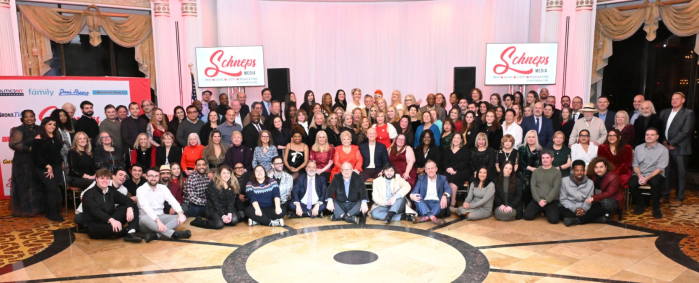A true art critic and font of wisdom once told me the secret to getting the most out of a museum: walk around and let your mind go blank, not concerned with catching every last plaque and portrait.
This way, whatever you’re looking at, you’re actually interested in it and you get something out of it. Otherwise, keep moving.
Something like that is at play at the Metropolitan Museum of Art these days: The museum is offering 15-person, 8:30 a.m. performance/workout/guided tours, in which participants lightly jog or briskly walk between works of art, where they pause for “light stretching,” jumping jacks as opposed to intense yoga poses.
So you can break a sweat in more than 30 galleries, dash stretching for two miles: mirror the pose of John Singer Sargent’s “Madame X,” check your reflection in the hall of Arms and Armor.
Reports say this is the weirdest fun to be had for 40 bucks in the city. Others note the timeliness of the tour’s turn through the American Wing, allowing for political and patriotic reflection in front of “Washington Crossing the Delaware” or the inquisitive, unadorned bust of Benjamin Franklin, avatars of the political history whose inheritance many of us now spend an inordinate amount of time tweeting or fearing.
Maybe a calming walk through the meditative halls of a museum is just what you need in the current climate. Unfortunately, the Met morning program is sold out through its closing date of Feb. 12. The wait list, too, is full. Did we mention it costs $40?
This being New York, there are plenty of other options.
You could, for example, echo around Grant’s Tomb.
Strike a solemn pose while considering a former uniter at a time of national division, a victorious general and sometimes overmatched president who spent his last days writing an autobiography to financially support his wife.
Grant was so beloved at the time of his death that a 1980 Parks Service historical resource study notes that “approximately 90,000 people from around the world donated over $600,000 towards the construction of Grant’s Tomb. This was the largest public fundraising effort ever at that time.”
Five hundred thousand people a year visited the memorial around the turn of the 20th century. That dwindled to some 10 percent or 15 percent by the time of the 1980 report. But you can pay the guy some renewed due.
You could jog through the bedrooms at the oldest house in the Bronx, the Van Cortlandt House, where George Washington stayed three times during the Revolutionary War, according to museum educator Michael Grillo.
On the second floor, colonial history gets a modern twist every February in honor of both Presidents’ Day and Black History Month, demonstrating the complicated history even of American heroes: a room is set up as Washington might have used it, with 17th century furniture, recreated uniform and equipment. In the corner, a mannequin and suit represent Washington’s black bodyservant William Lee, a slave until he was freed at Washington’s death.
You could peek into the John Bowne House in Queens to see an earlier example of American (or pre-American) diversity and acceptance in action. It’s the site associated with the Flushing Remonstrance, when a group of 17th century New Yorkers dissented to the then-governor’s ban on Quaker worship. They wrote a letter defending religious tolerance noting “the law of love, peace and liberty in the states extending to Jews, Turks and Egyptians, as they are considered sons of Adam.” Later, the house’s owner opened his house for Quaker meetings.
Or maybe you’re not a museum person, yet still you want an indoor workout: something to look at and something to clear the mind. For that, there’s the Staten Island Ferry Terminal in lower Manhattan, where a run up the down escalator will get the heart racing and not necessarily be the strangest thing in sight. Observe the selection from the Edna St. Vincent Millay poem about the things we have in common: “We were very tired, we were very merry — We had gone back and forth all night on the ferry.”
At the terminal, you’ll find a mix of the people who make New York New York. Voters of all political persuasions. Civil servants and businessmen and -women; students making their way home. You can ride the ferry and do jumping jacks on the open deck. If obvious symbolic gestures suit you, there’s the Statue of Liberty raising her torch.

































